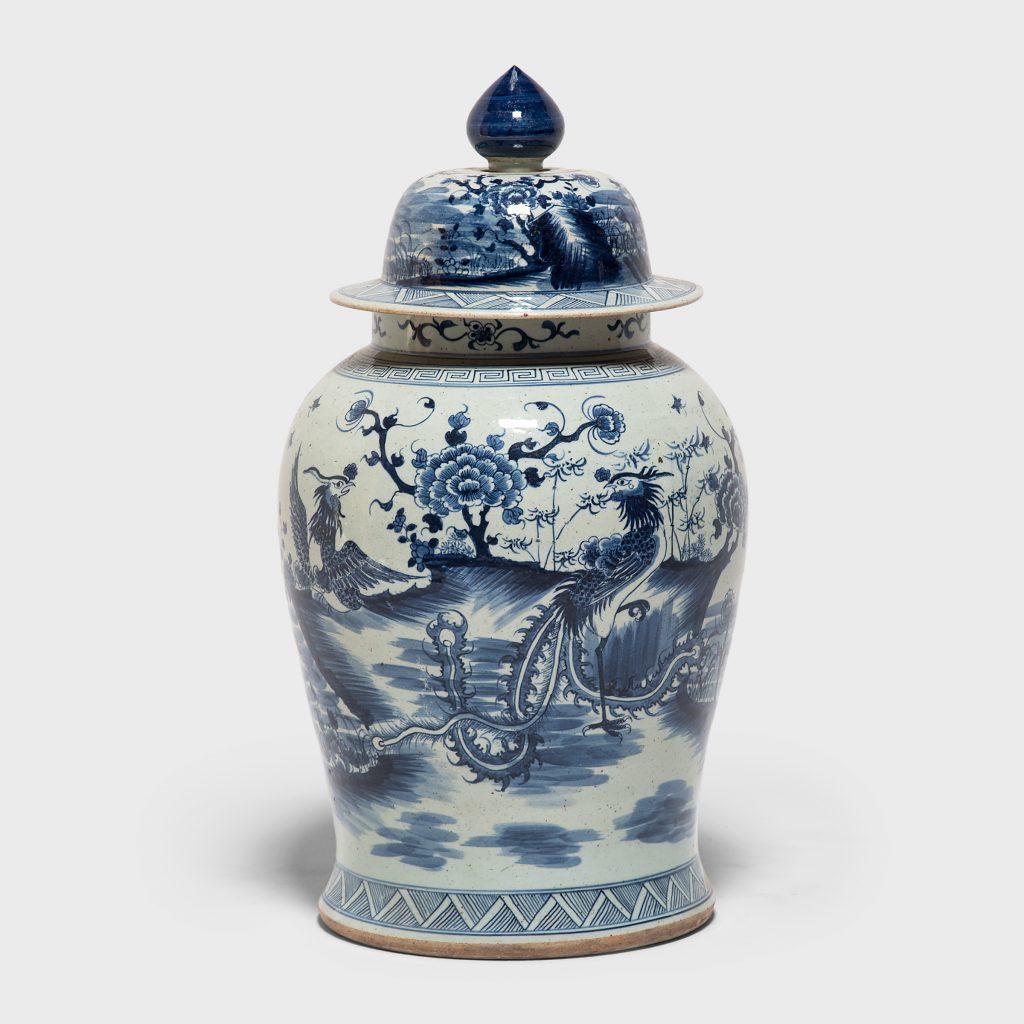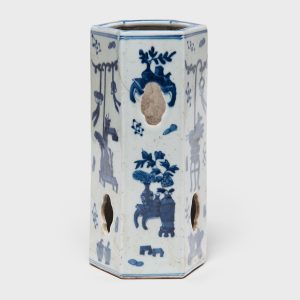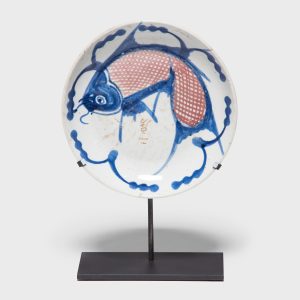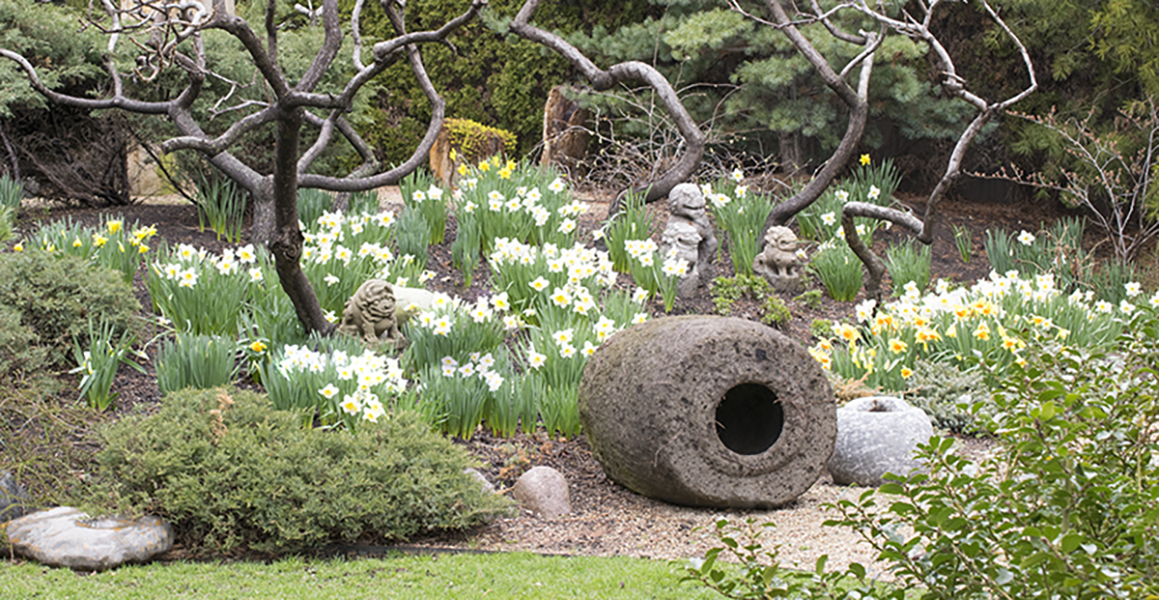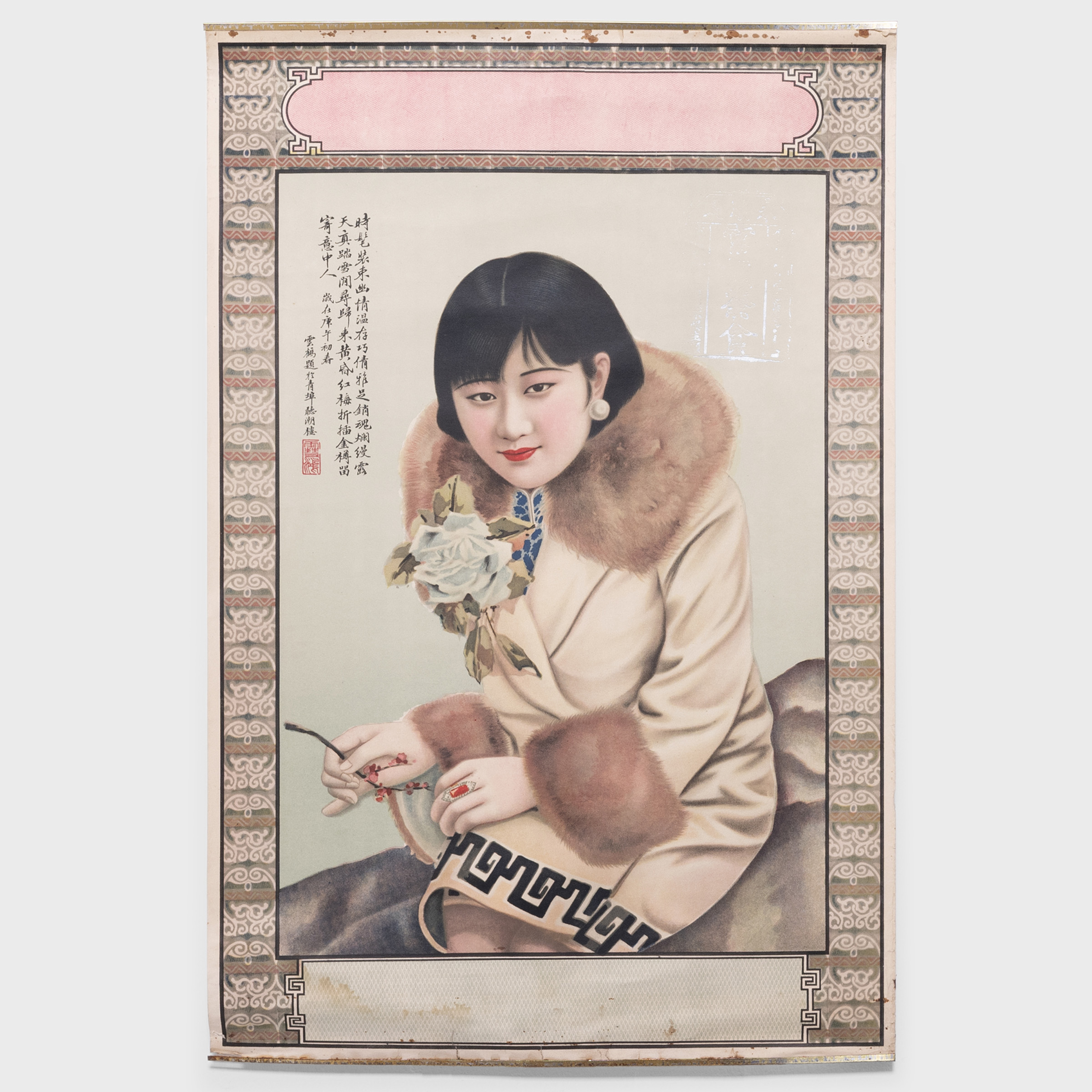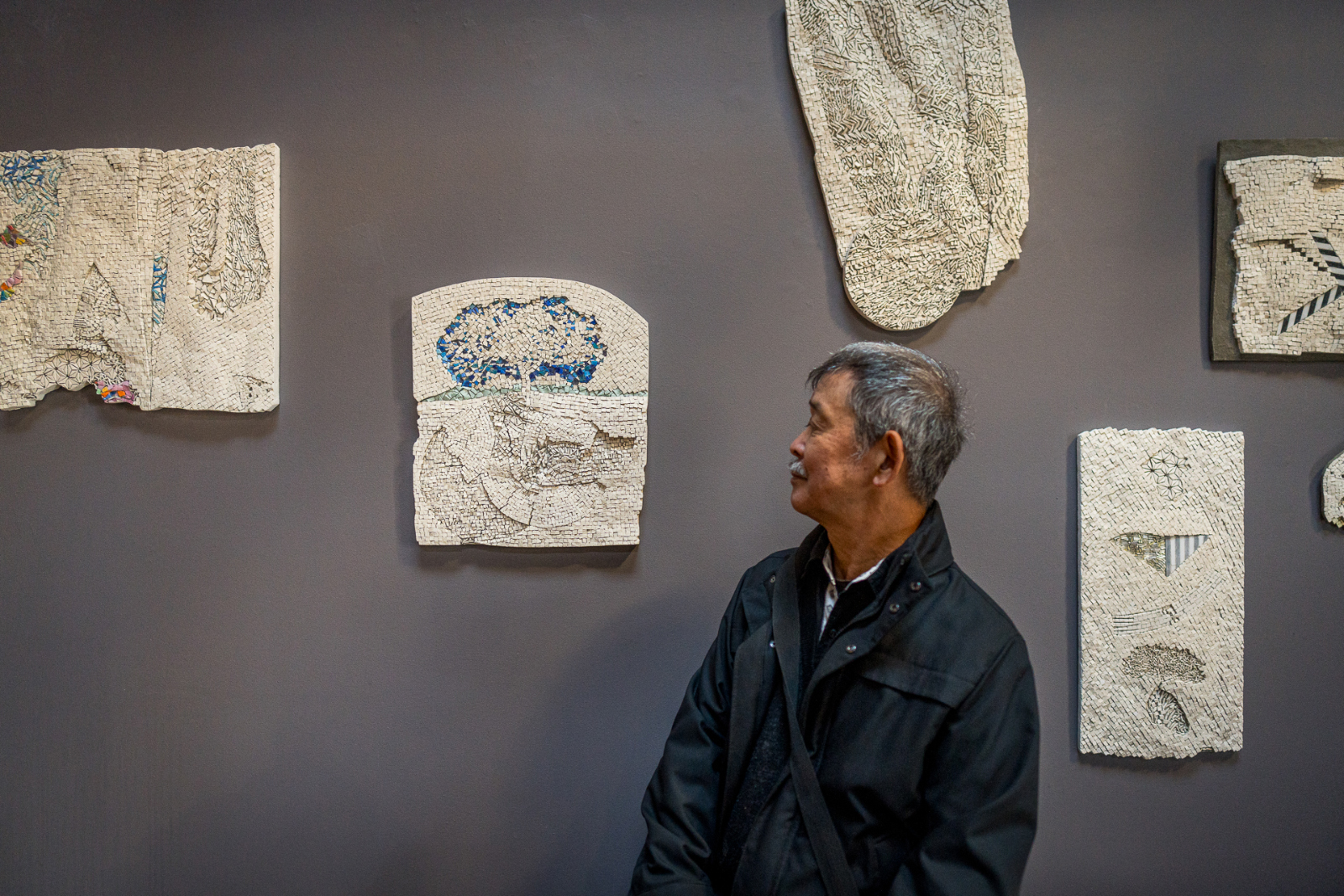
Blue & White: The Perfect Pair
Adaptable to any style, season or era, blue and white has long been a favorite of interior designers and artists. This classic color combination can be traced back to the 9th century, originating from the Middle East and perfected in China, where imperial artists hand-brushed cobalt pigments onto vases and ceramics. Today, blues and whites retain a sense of sophistication, honed over centuries of use in decoration.
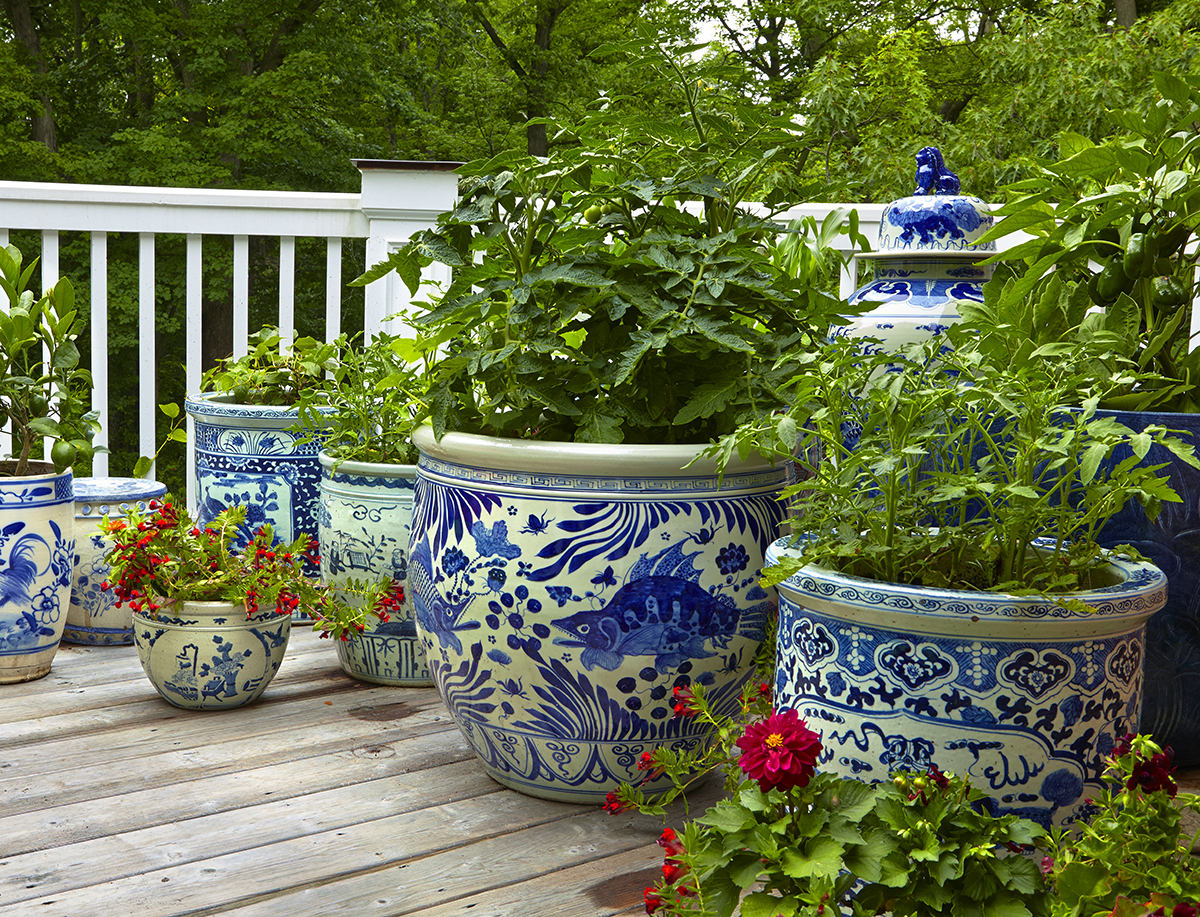
Blue and White Porcelain from PAGODA RED
At PAGODA RED, classic Chinese porcelain pottery graces tables, creates storied narratives on shelves or settles comfortably in a lush garden. It has been exciting to see international designers such as Carrier and Co. (Architectural Digest, June 2014), Mark D. Sikes (Veranda, July-August 2014), and Juan Pablo Molyneux (Architectural Digest, August 2014), incorporate blue and white Chinese vessels into their interior designs. Each project showcased the versatility and cohesiveness of classic Chinese design among elements from around the world.
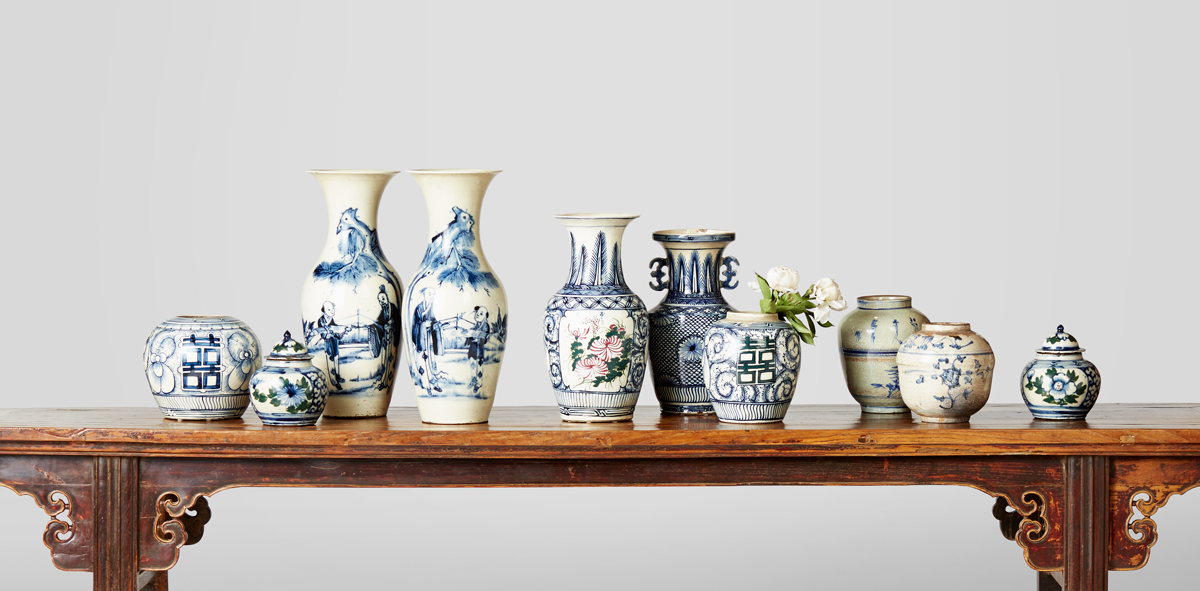
A Collection of Blue and White Porcelain from PAGODA RED
Appreciation for Chinese blue and white porcelain began during the 12th century, when Mongolian conquest and trade brought cobalt to China from present-day Iraq and Iran. Cobalt is the chemical element responsible for the blue tint seen in ceramic vessels. When the Chinese first started using cobalt, it was primarily in a pure concentrated form that created an intensely rich blue. The Chinese called this blue 回回青 (huí huí qīng),” which literally translates to “return, return blue” – a blue doused again in blue. Also referred to as Muhammadan blue or Islam blue, it is still commonly used by Chinese designers today. In the 15th century, Chinese ceramists mixed cobalt with manganese to make lighter blue finishes.
Particularly fascinating are the various motifs found on the vessels themselves. While dragons, phoenixes, and other auspicious symbols were and still are dominant Chinese motifs, various influences have seeped onto the porcelain surface as Chinese design engages more with the Western world. During the Ming and Qing dynasty, it became commonplace to find perspectival images of daily life. The subject matter and style was Western, with a foreground, background and penchant for realism.
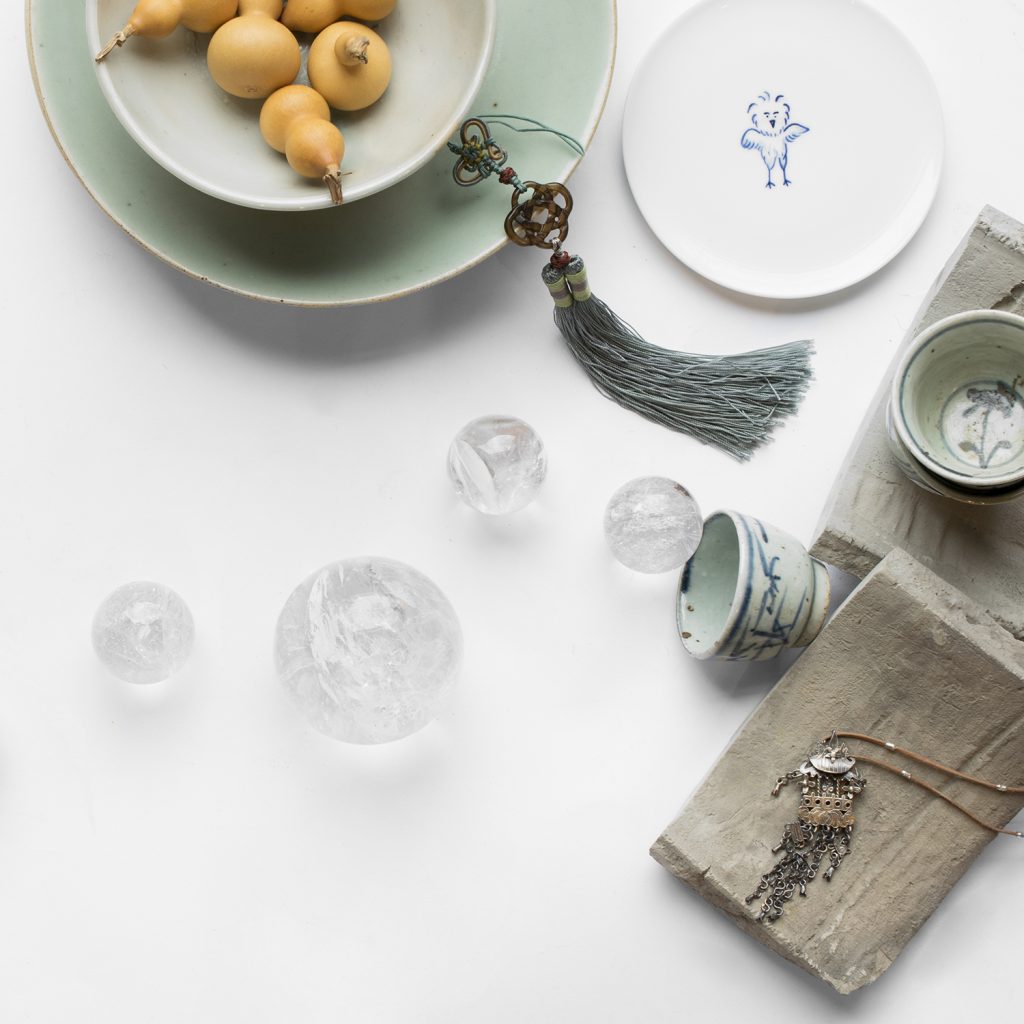
Porcelain by Ding Ying with Blue and White Tea Cups and Celadon Plates
Today, many contemporary artists use traditional colors in contrast with modern aesthetics. Deng Ying paints isolated vignettes of daily life onto plates (above), resulting in a playful surprise for the fortunate user. Taikkun Li paints traditional Chinese designs onto porcelain cola bottles, bridging east and west in one extraordinary object. Innovative in his use of new materials, July Zhou makes limited-edition lucite furniture, inspired by Ming designs. Each of these artists purposefully uses blue and white to integrate past and present. The perfect palette for a modern-meets-traditional blend of art and antiques, blue and white remains cool, calm and collected.

Shop the Story
- Blue and White Hat Stand
- Pair of Blue and White Peony Vases
- Blue and White Fish Plate

Are you an architect or designer with a story to tell?
Register with us to receive exclusive discounts and benefits, plus free shipping on your first order. Trade professionals are also eligible for collaborative features on our blog and social media channels. Please note that trade registration with PAGODA RED is only open to interior design and architecture professionals.
